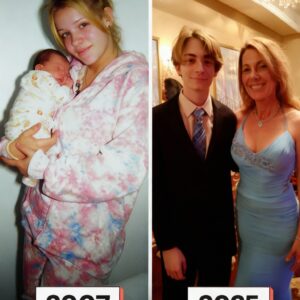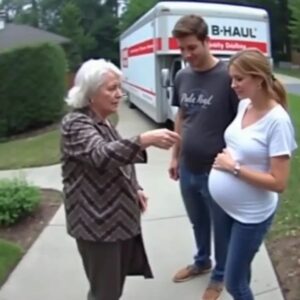Mega‑Tsunami Warning for the U.S. West Coast
Scientists say a catastrophic “mega tsunami” could strike the U.S. West Coast—especially Northern California
to Washington—with Alaska and Hawaii also at risk. The danger centers on the Cascadia subduction zone, a 600‑mile fault stretching
from Vancouver Island to Cape Mendocino. A magnitude‑8.0 or stronger quake here has a 15 percent chance of occurring within 50 years.
A new Virginia Tech study warns that such an earthquake could make coastal land suddenly sink up to 6.5 feet, greatly expanding floodplains
and delaying recovery. Lead researcher Tina Dura notes that planners have rarely factored this land‑loss into evacuation or rebuilding strategies.
The resulting tsunami could send waves hundreds of feet high racing ashore, wiping out low‑lying towns built in estuaries along Oregon and Washington.
Alaska faces parallel threats: retreating glaciers destabilize steep slopes, raising the odds of landslide‑triggered tsunamis.
Hawaii, meanwhile, has a long record of giant waves from volcanic collapses—most famously a 1,000‑foot
surge that hit Lanai about 105,000 years ago. Active volcanoes such as Mauna Loa and Kilauea keep the archipelago on alert.
All these zones lie within the Pacific “Ring of Fire,” famed for powerful quakes and eruptions. Experts stress that preparation—knowing
evacuation routes, heeding alerts, and having a family plan—is critical. The question isn’t if the next mega‑event will strike, but when.





